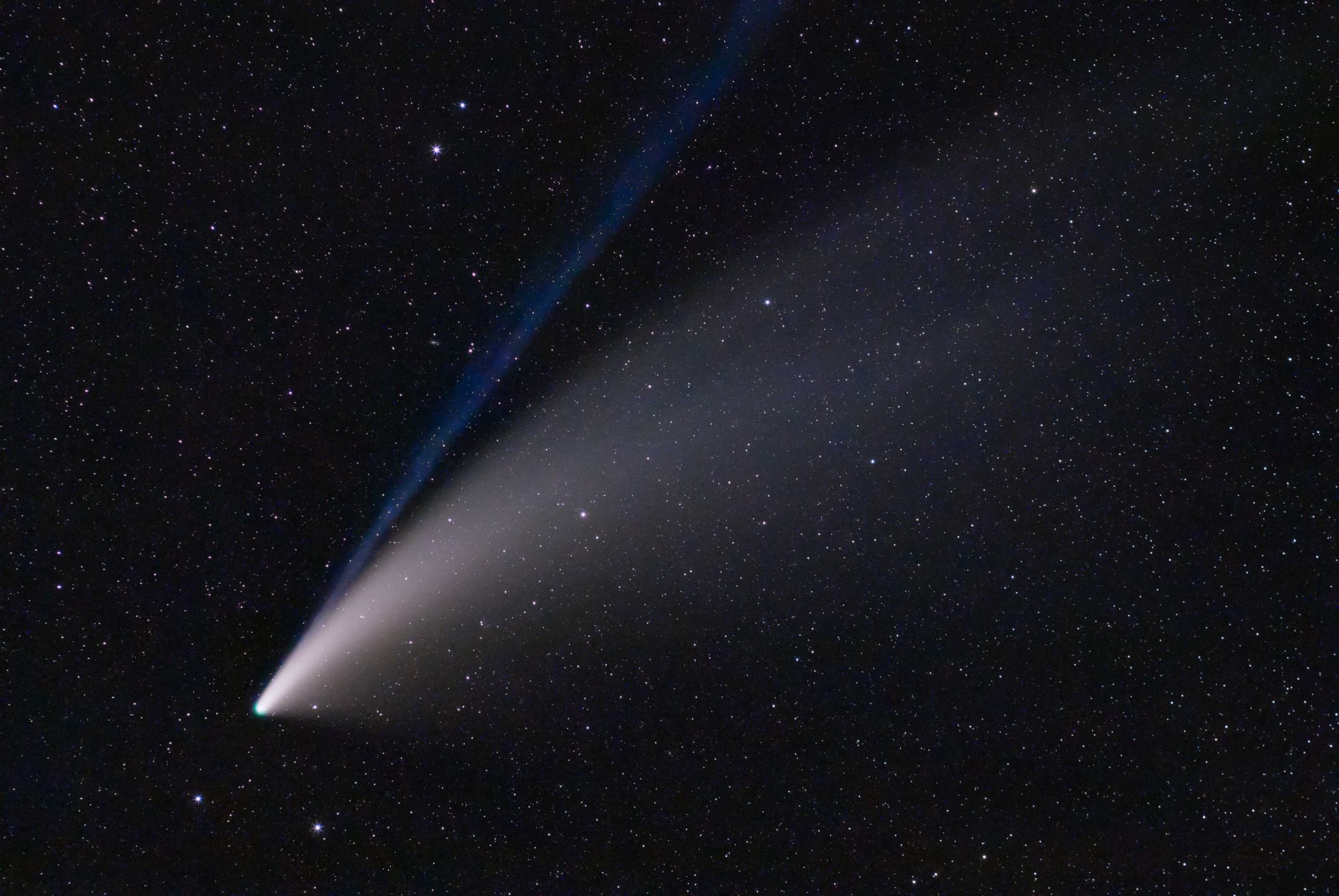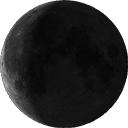Featured Photo (July 18th): We took this photo from Pinnacles National Park; our first chance at seeing this comet in truly dark skies. Initially, we went to the east side of Pinnacles, but there were hills blocking the view, so it wasn’t very conducive to photography. After scouting for some time, we found a backroad with good horizons and were able to capture this photo.
You can see both the dust tail (white) and the ion tail (blue). The ion tail is the result of solar winds stripping very small particles off the comet and ionizing them, causing them to glow blue. Because the ion tail is caused by the solar wind, it is always a straight line pointing away from the Sun. The dust tail is made of larger particles and still points away from the Sun, but curves somewhat due to the comet’s trajectory. The comet itself glows green, the result of the Sun’s ultraviolet rays energizing gas around the comet’s nucleus.
Camera/Lens – Canon 80d, 85mm f2.8
101×30 sec images stacked with Pixinsight. Combined with comet align and star align method.
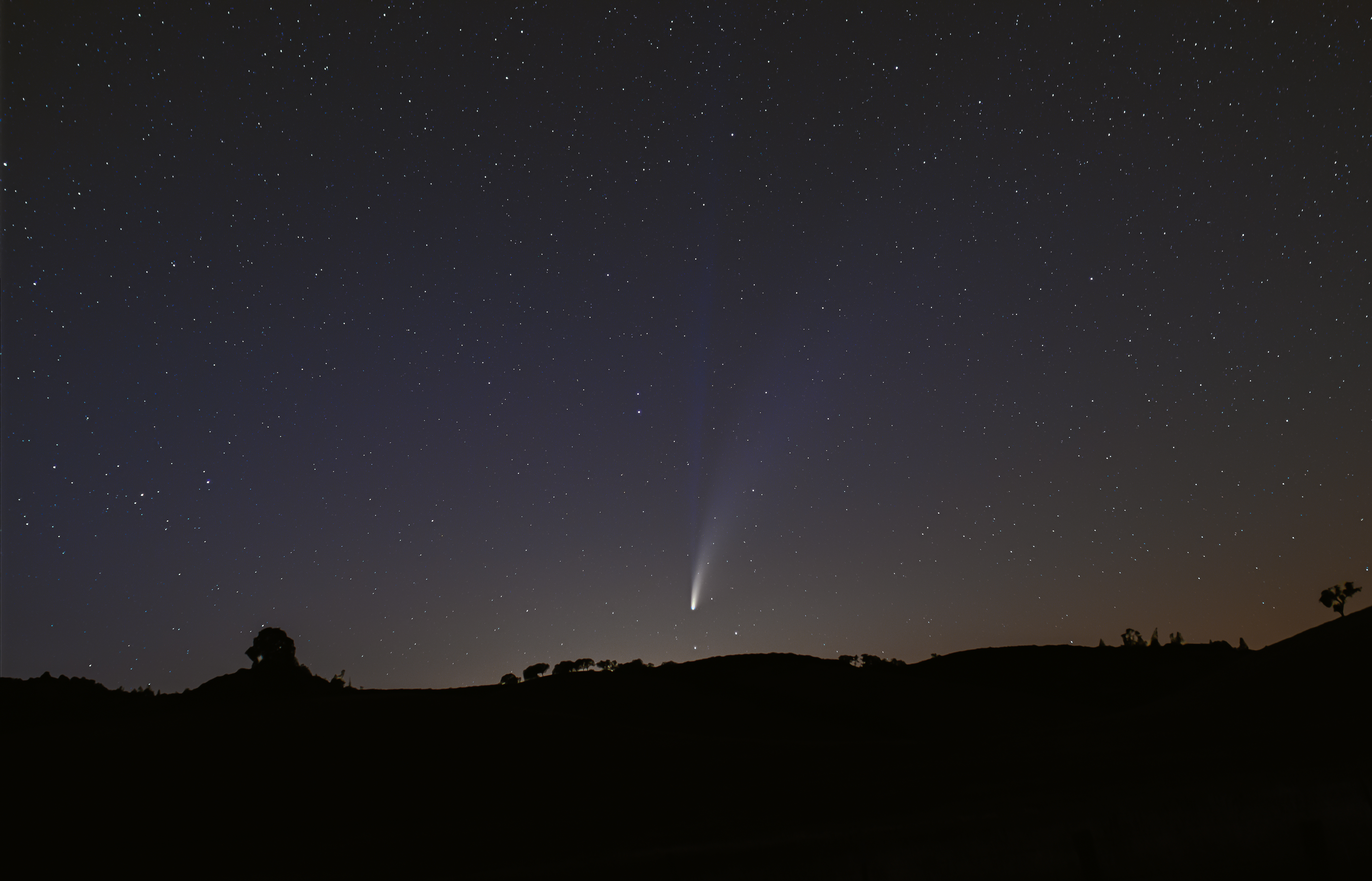
Photo 2 – Wide angle view of the comment
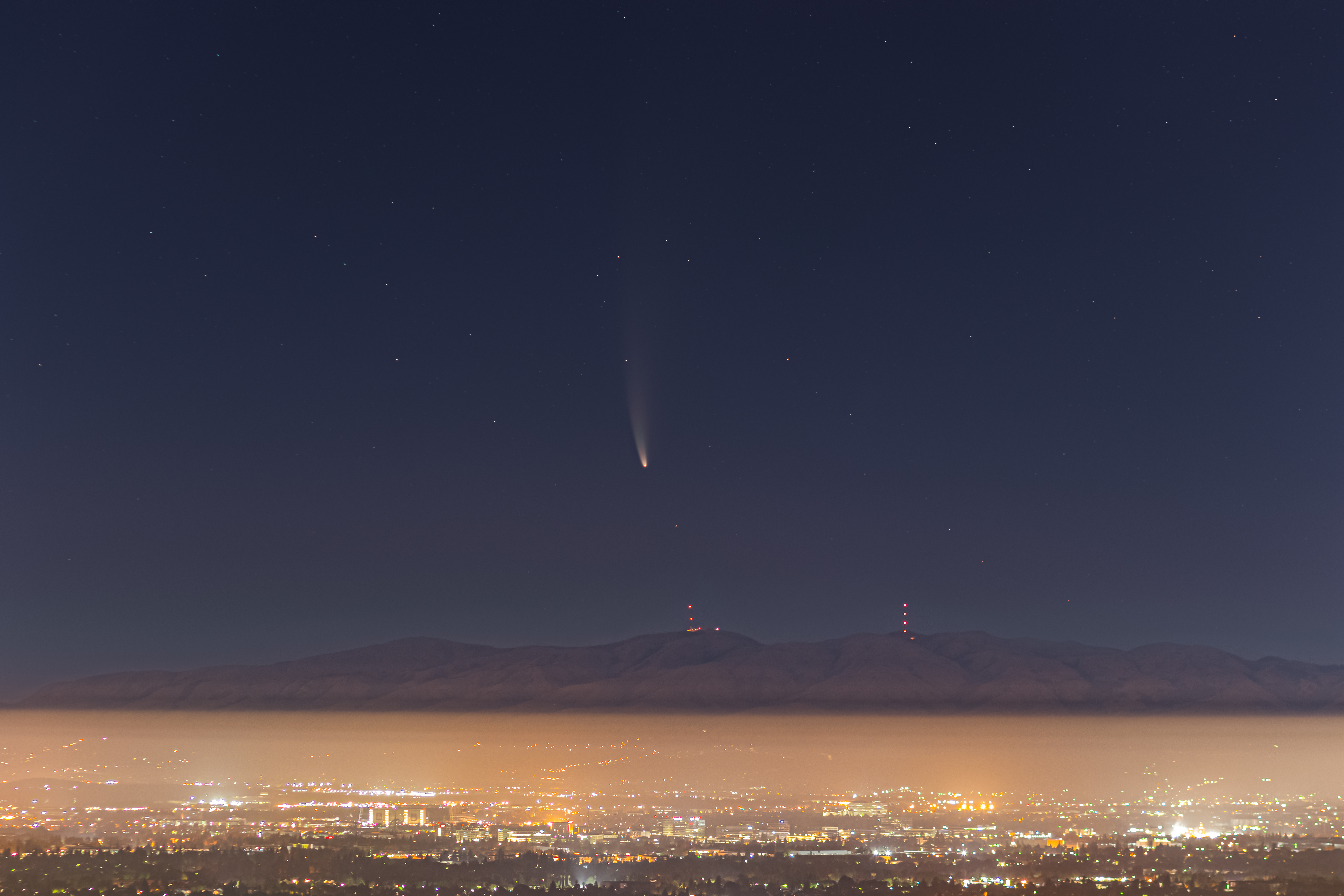
Photo 3: Image is taken from Hunter’s point in Cupertino. (July 10th, 4:30 am)
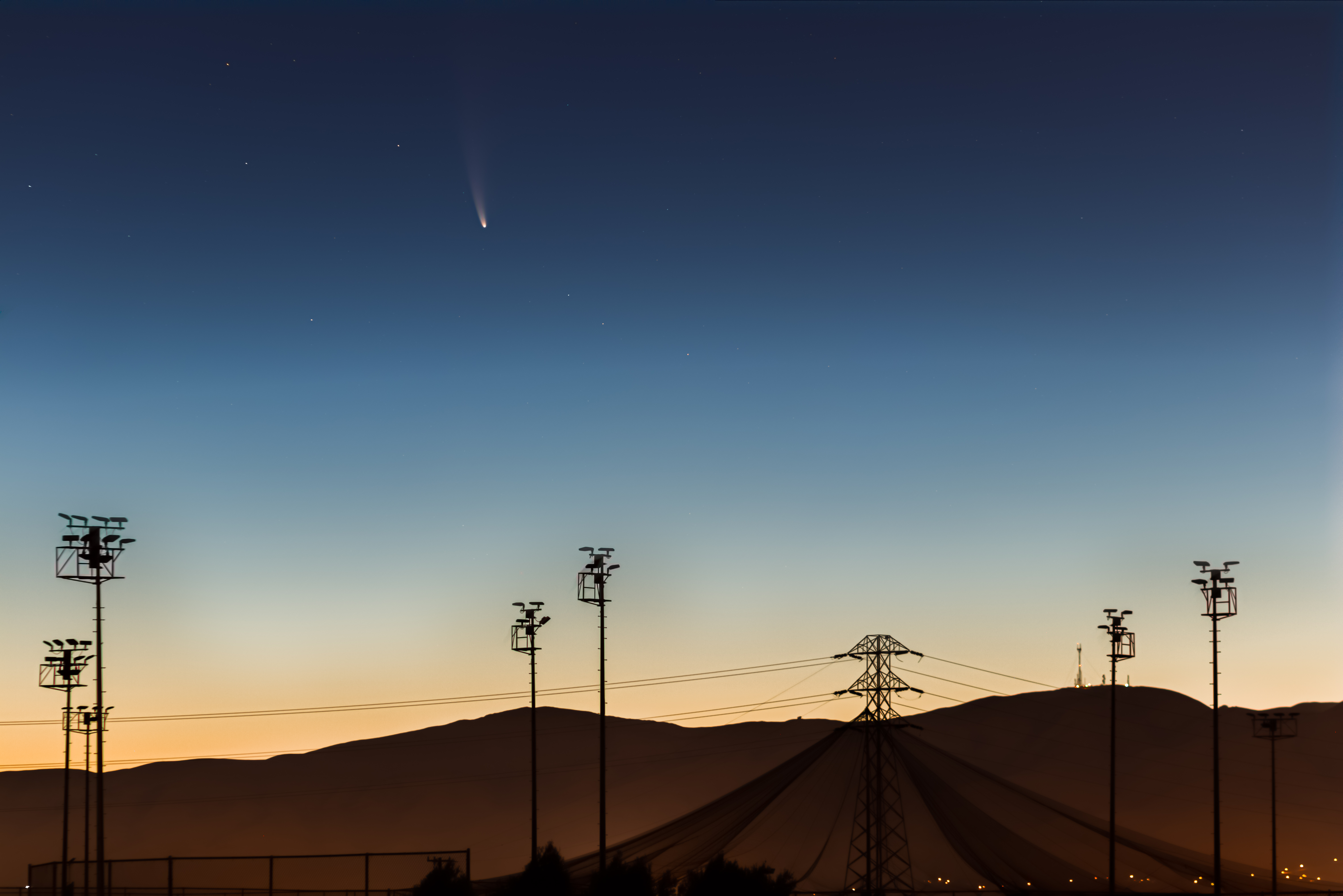
Photo 4: Image is taken from near Baylands (July 6th – 4:30 am)
